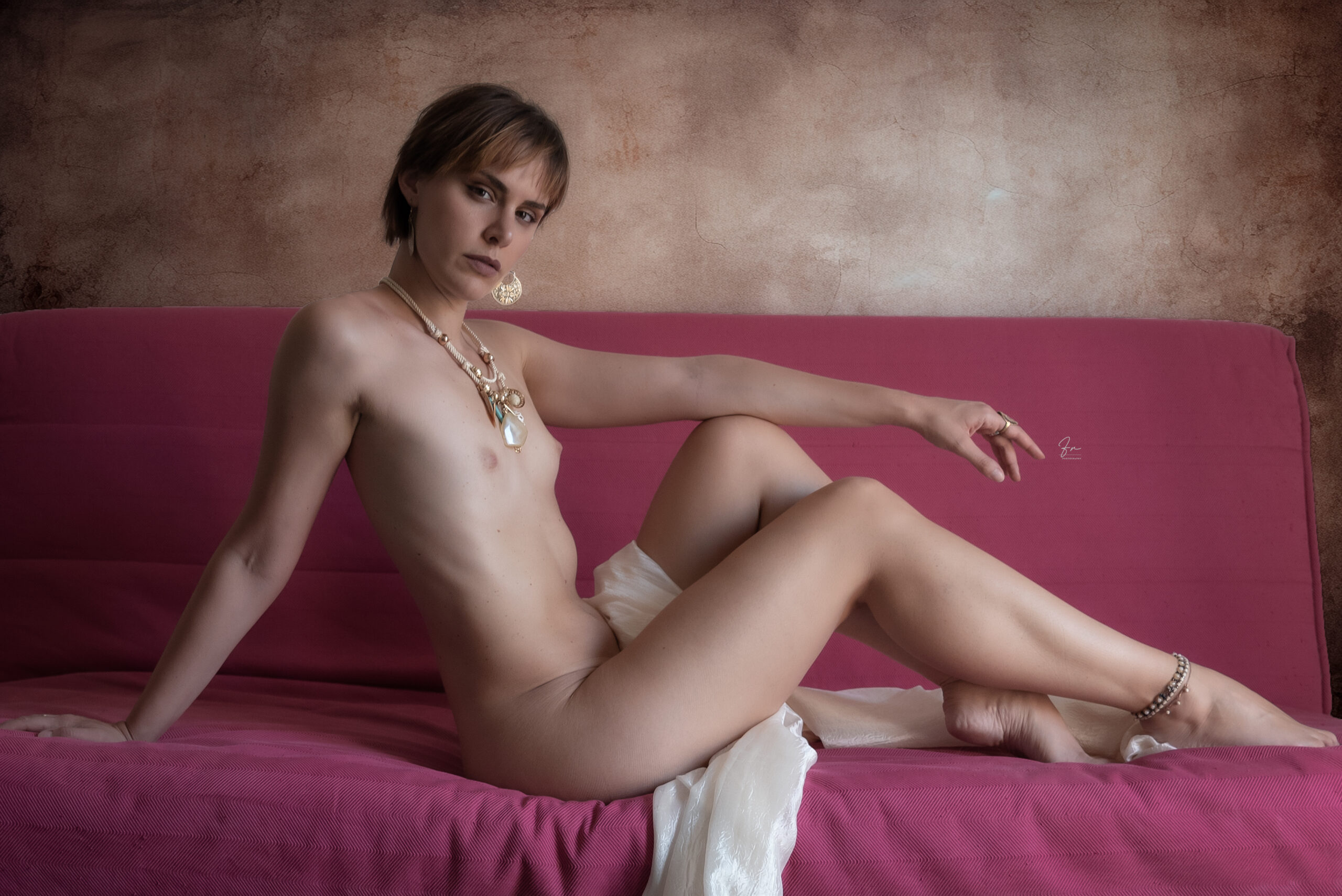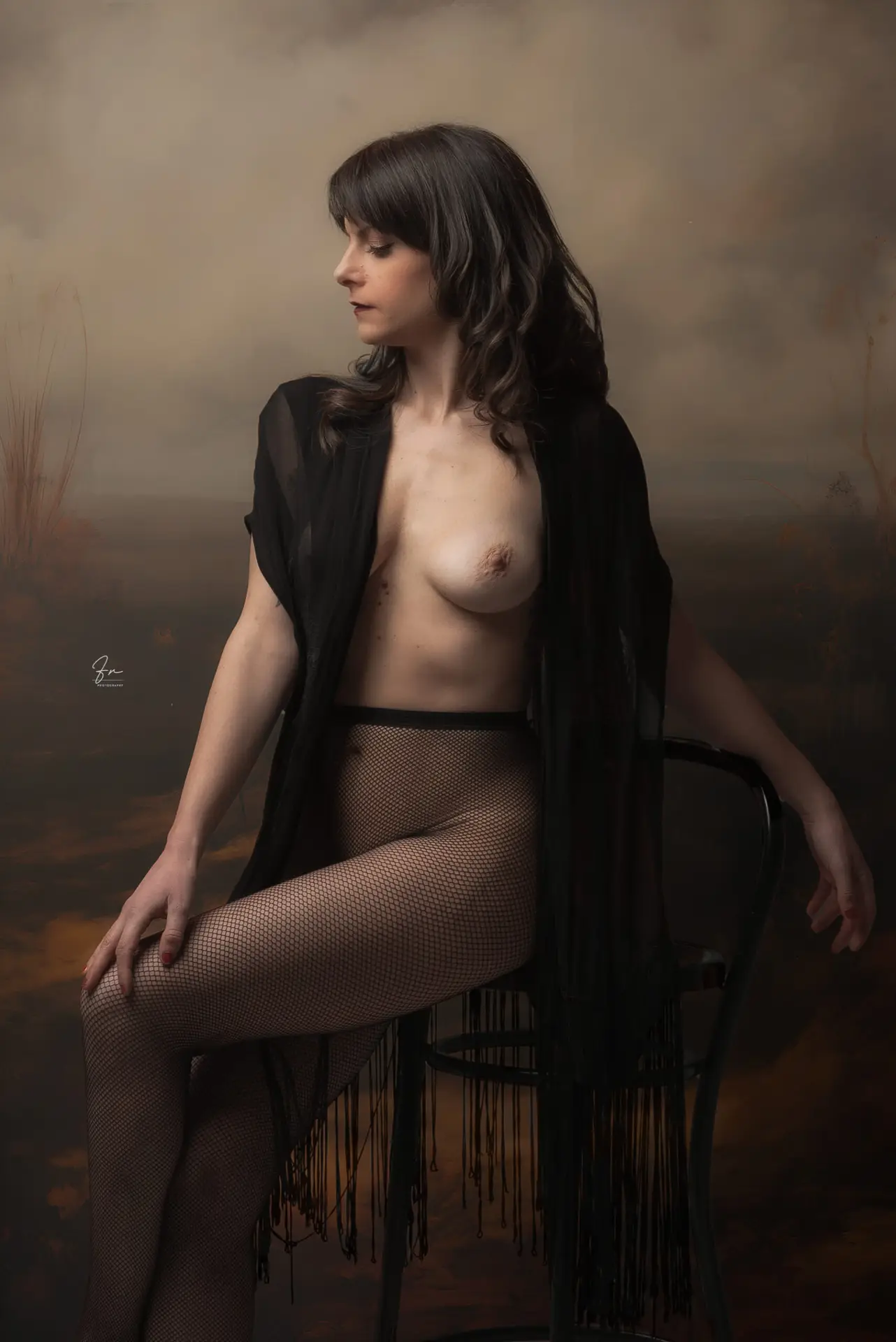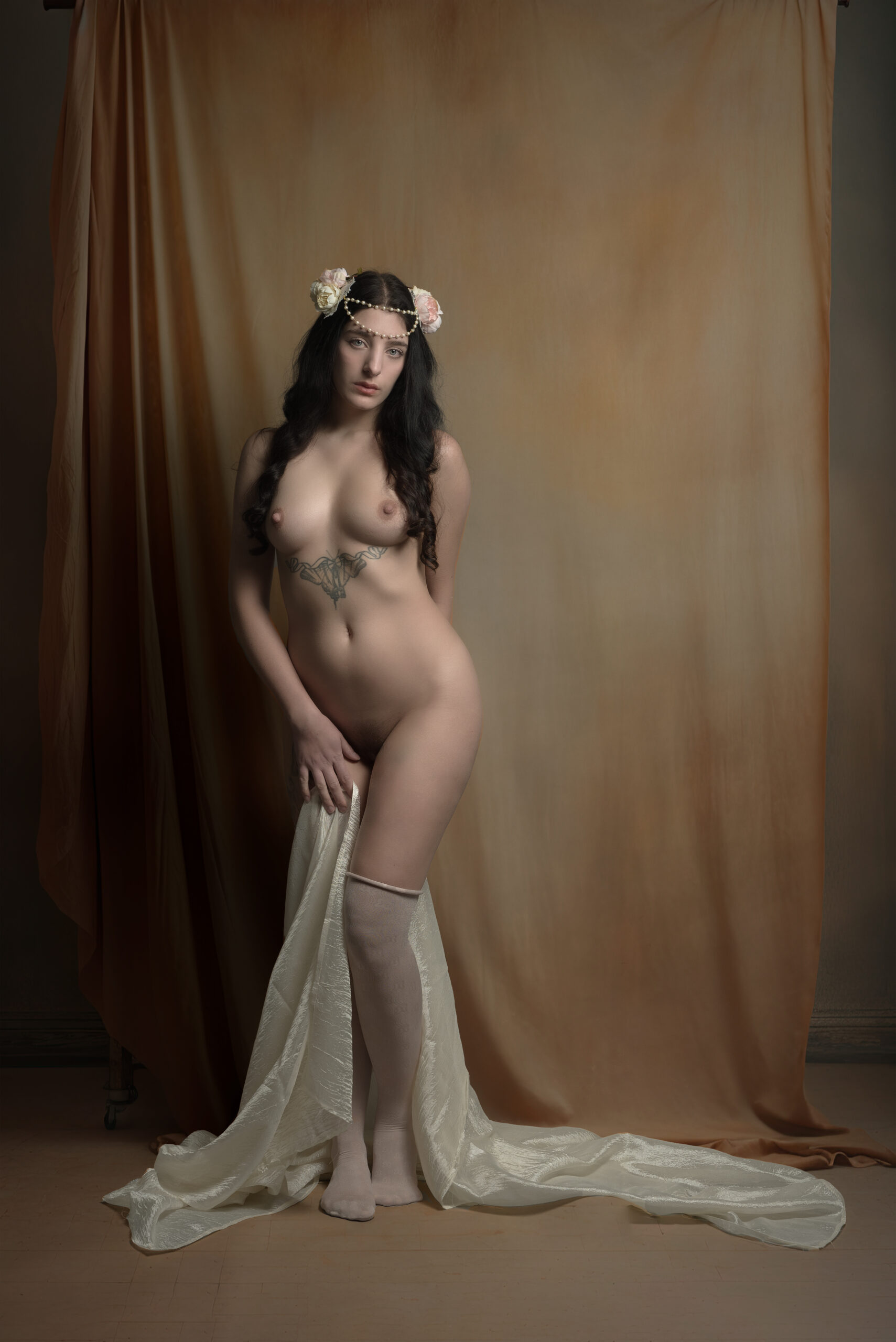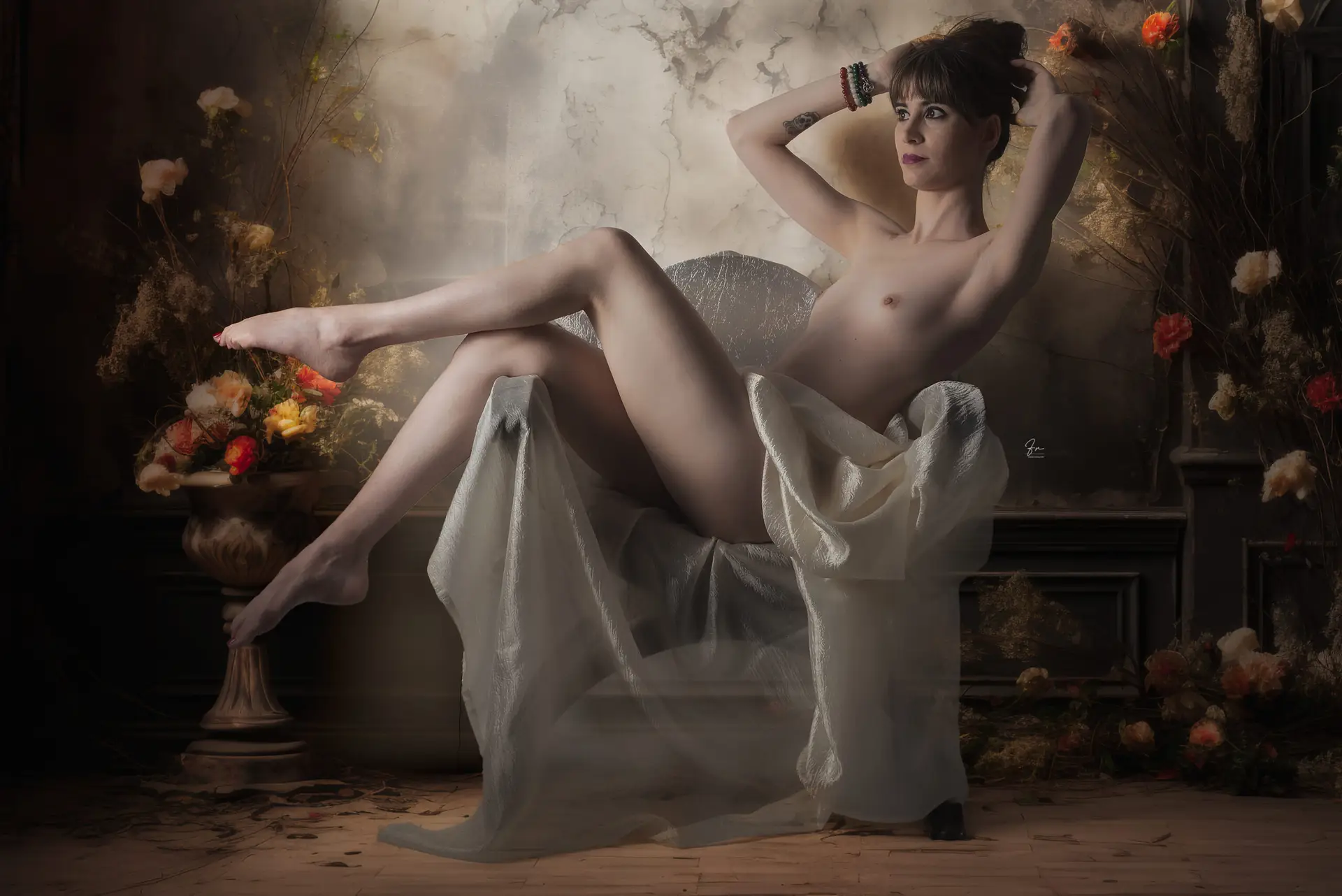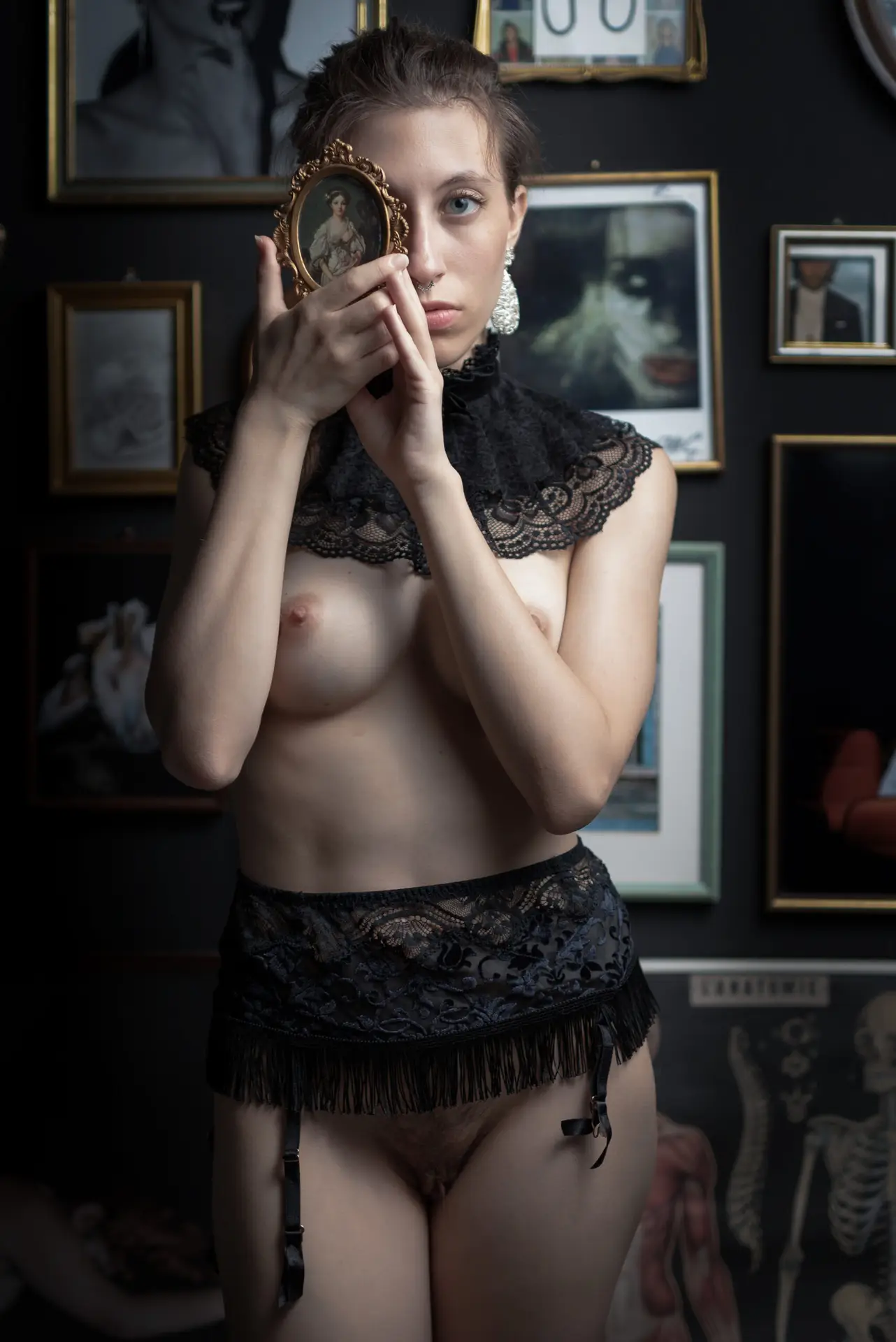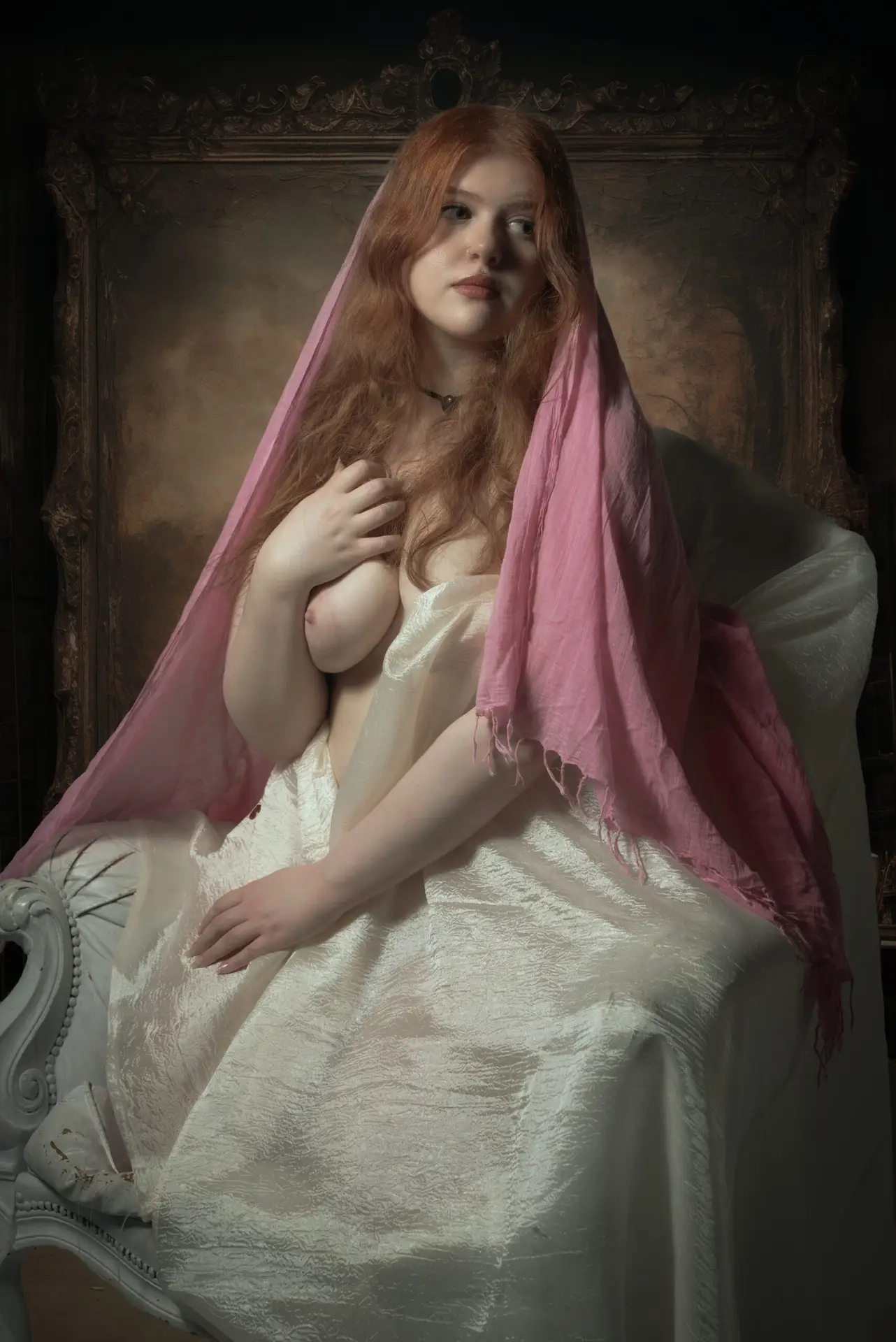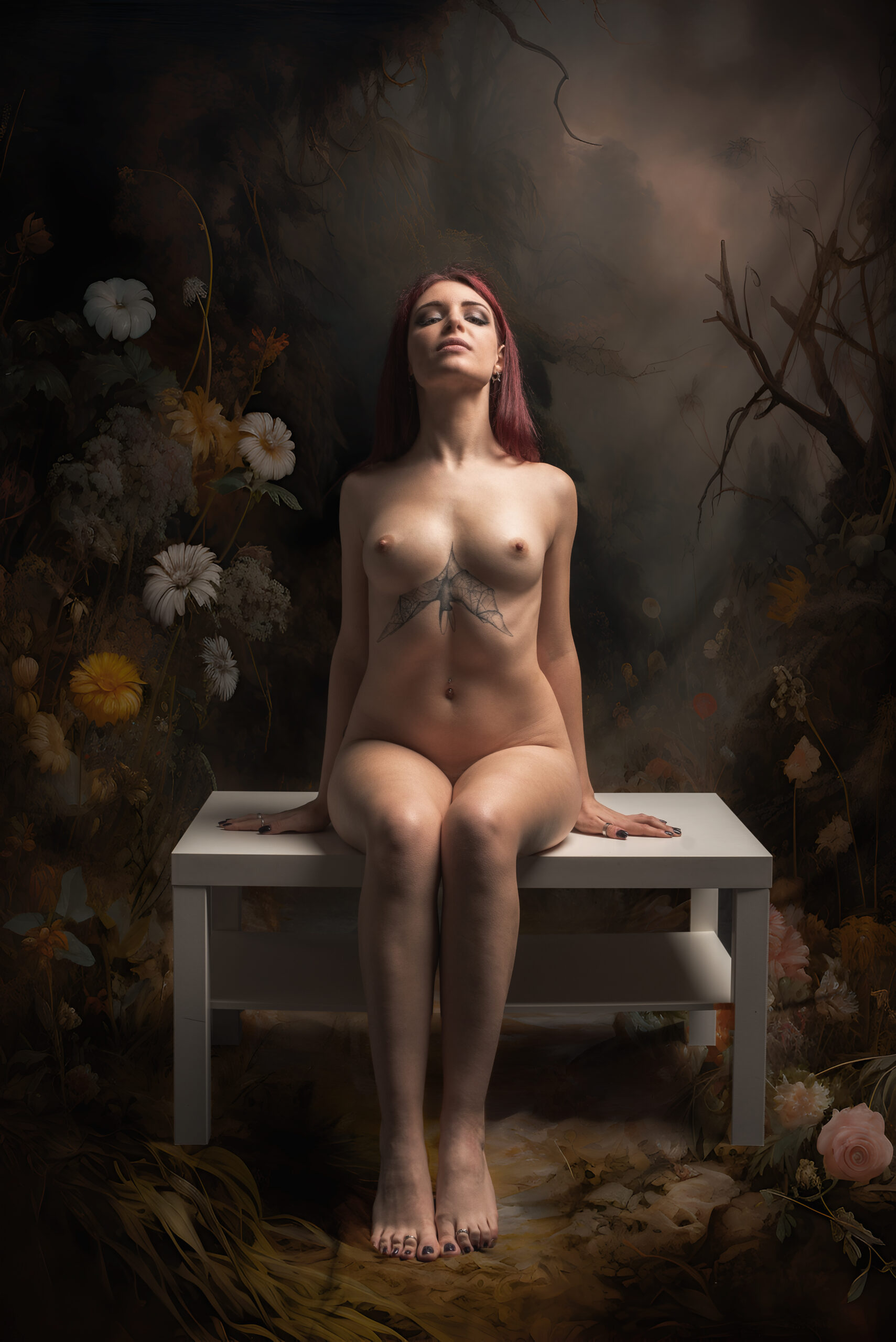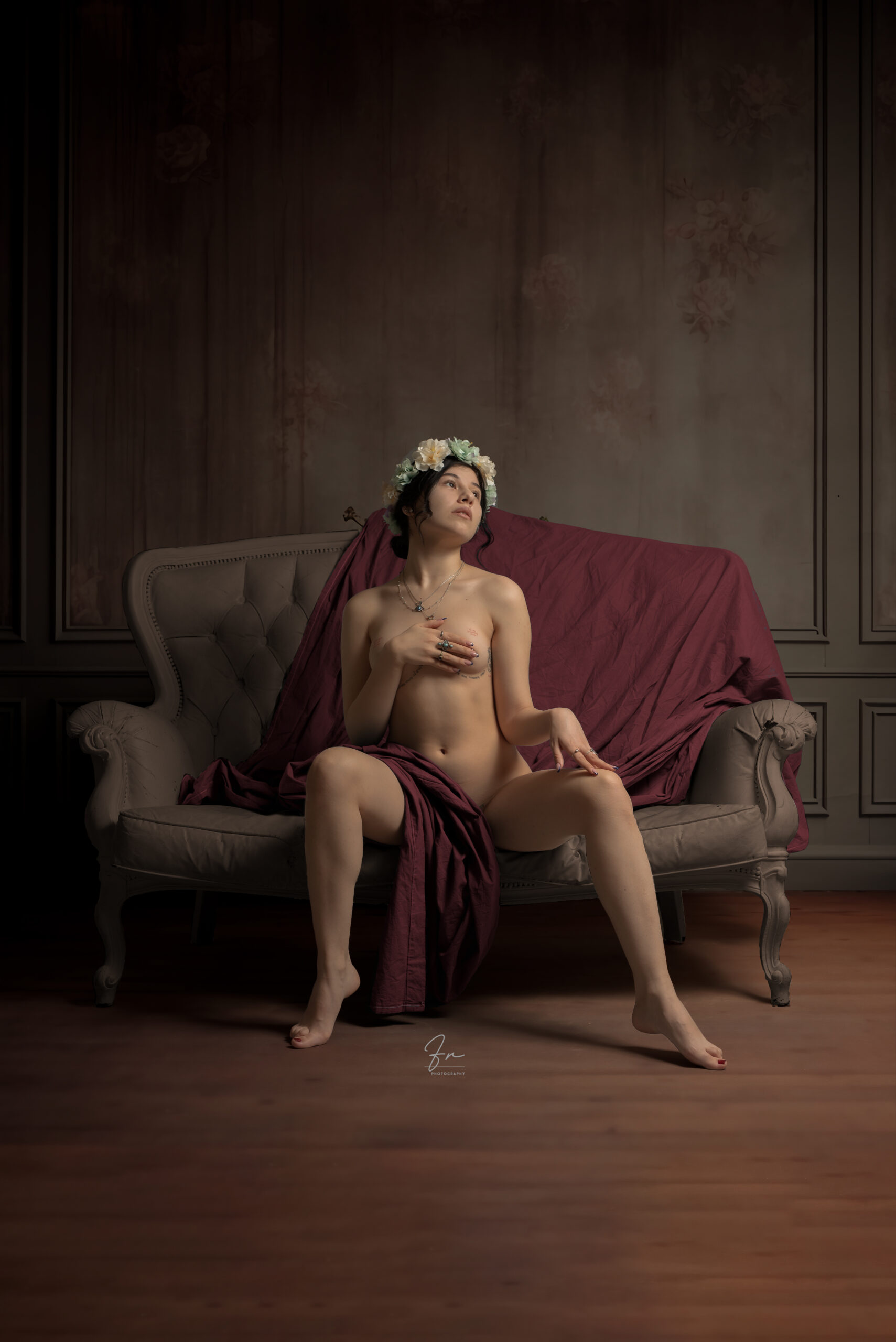artistic nude
Artistic Nude: A Journey Through History and Culture
Artistic nude is one of the oldest and most significant forms of artistic expression, portraying the human body in its naturalness and beauty. From ancient times, artists have explored the nude as a primary subject in their works, seeking to capture the essence of humanity, the vulnerability, and the power of the human body.
History of Artistic Nude
The earliest representations of the nude date back to ancient civilizations. In classical Greece, the human body was idealized in sculptures to represent harmony and divine perfection. Works by artists like Phidias and Polykleitos embodied these ideals, with athletic male figures and perfect proportions. The male nude was particularly celebrated, associated with strength and virtue. During the Renaissance, the nude came back into the spotlight with a renewed emphasis on anatomical beauty and classical ideals. Michelangelo, with his “David” and frescoes in the Sistine Chapel, explored the complexity of the human body with scientific precision and a deep understanding of anatomy.
The female nude, on the other hand, began to gain importance, often symbolizing beauty, fertility, and nature.
In the 19th century, with the advent of realism and later modernism, the artistic nude evolved further. Artists like Gustave Courbet and Auguste Rodin portrayed the body more rawly and realistically, challenging the social and artistic conventions of the time. The nude became not just an aesthetic subject but also a means to express social and philosophical ideas. The Nude in Contemporary Culture In the 20th and 21st centuries, the artistic nude has taken on new connotations, often linked to politics, gender identity, and sexuality. Contemporary artists like Marina Abramović and Cindy Sherman have used the nude to challenge social norms, explore subjectivity, and break taboos.
Today, the artistic nude continues to be a field of experimentation, where the line between art and pornography, beauty and provocation, is often very thin. Ethical and moral issues regarding the representation of the body are at the center of heated debates, but the nude remains one of the most powerful and universal expressions of art. Conclusions The artistic nude, while evolving over the centuries, has maintained its centrality in artistic practice. It represents not only the human body but also the ideas, values, and emotions that the artist wishes to convey. Through the nude, art reflects society, exploring the human condition in all its facets.
my philosophy
Artistic nudity is one of the oldest and most significant forms of expression in art. Since antiquity, artists have explored the beauty and complexity of the human body, seeing it not only as an aesthetic subject but also as a means to express emotions, symbolism, and philosophical concepts. Throughout art history, the nude has reflected cultural, moral, and social changes.
On one hand, it has been celebrated for its purity and perfection; on the other, it has sparked debates on morality and the boundary between art and obscenity. Writing about artistic nudity means engaging in a dialogue between the past and the present, analyzing how the human body, in its vulnerability and strength, continues to inspire and provoke.


